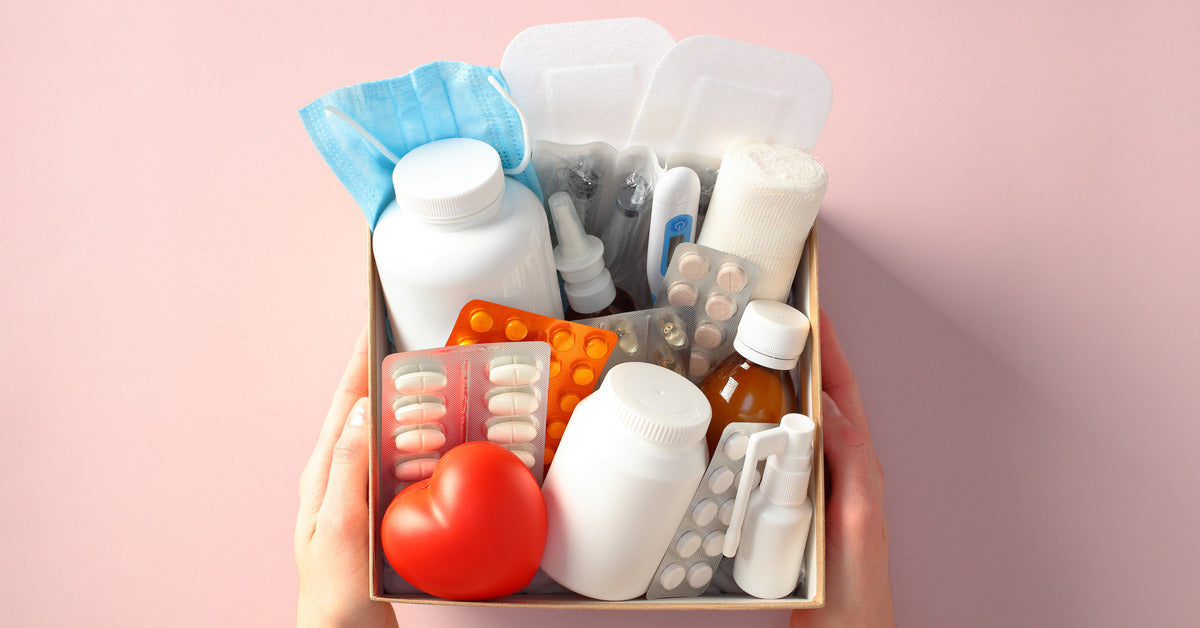Emergency kits provide homeless shelters with resources to care for vulnerable populations. Each type of kit focuses on specific needs, from medical supplies to basic comforts. For deeper insight, let’s explore the types of emergency kits every homeless shelter should have and why.
First Aid Kits
Effective first aid kits equip shelters to handle medical needs quickly. Stock items like various-sized bandages, antiseptic wipes, and basic pain relievers to cover minor injuries and discomforts. Add tools such as tweezers and scissors for efficient care. Remember to include gloves and masks for safe practices during treatments.
Food and Water Kits
Food and water kits should include nonperishable items like canned goods and granola bars for easy distribution. Single-serve portions work best, especially for mobile individuals. To make the kits more practical, pair food with bottled water and tools such as can openers. If possible, include gluten-free or low-sodium options to address dietary restrictions. Rotate out older snack packs every few months to maintain freshness.
Clothing and Warmth Kits
Changing weather and outdoor living circumstances make warmth essential for personal comfort. Therefore, every homeless shelter should have emergency kits with clothing. These kits should include items like coats, gloves, hats, and thermal socks. Emergency blankets and sleeping bags work well for colder months too. Focus on materials that withstand tough weather conditions. Offer various size ranges to ensure everyone benefits. For example, distribute kid and adult-sized clothing.
Hygiene Kits
Hygiene kits should include travel-sized basics like toothbrushes, toothpaste, soap, and shampoo. Feminine hygiene products are also important. Include wipes, hand sanitizers, and small towels to add convenience. Seal everything in waterproof bags so they stay dry and ready for use. Supply fragrance-free products to accommodate those with sensitivities. Shelters should purchase wholesale homeless care kits to accommodate as many people as possible.
Disaster Preparedness Kits
Weather events like floods or hurricanes are difficult for those without stable housing. Prepare disaster kits with flashlights, extra batteries, and portable radios to keep people informed during emergencies. Include lightweight shelters, like pop-up tents, for added protection. Add multipurpose tools and duct tape for temporary fixes or building shelters. Hand out maps with evacuation routes tailored to the local area.
Mental Health and Emotional Support Kits
People who are experiencing homelessness can have impacts on their mental well-being as much as their physical health. Emotional support kits should offer items to reduce stress, such as coloring books, journals, and pens. Include pocket-sized guides with breathing exercises, grounding techniques, and hotlines for support. Simple fidget tools or squishy stress relievers work wonders during tough moments. Providing comforting items, like a small stuffed toy, can feel reassuring, especially for younger individuals.

